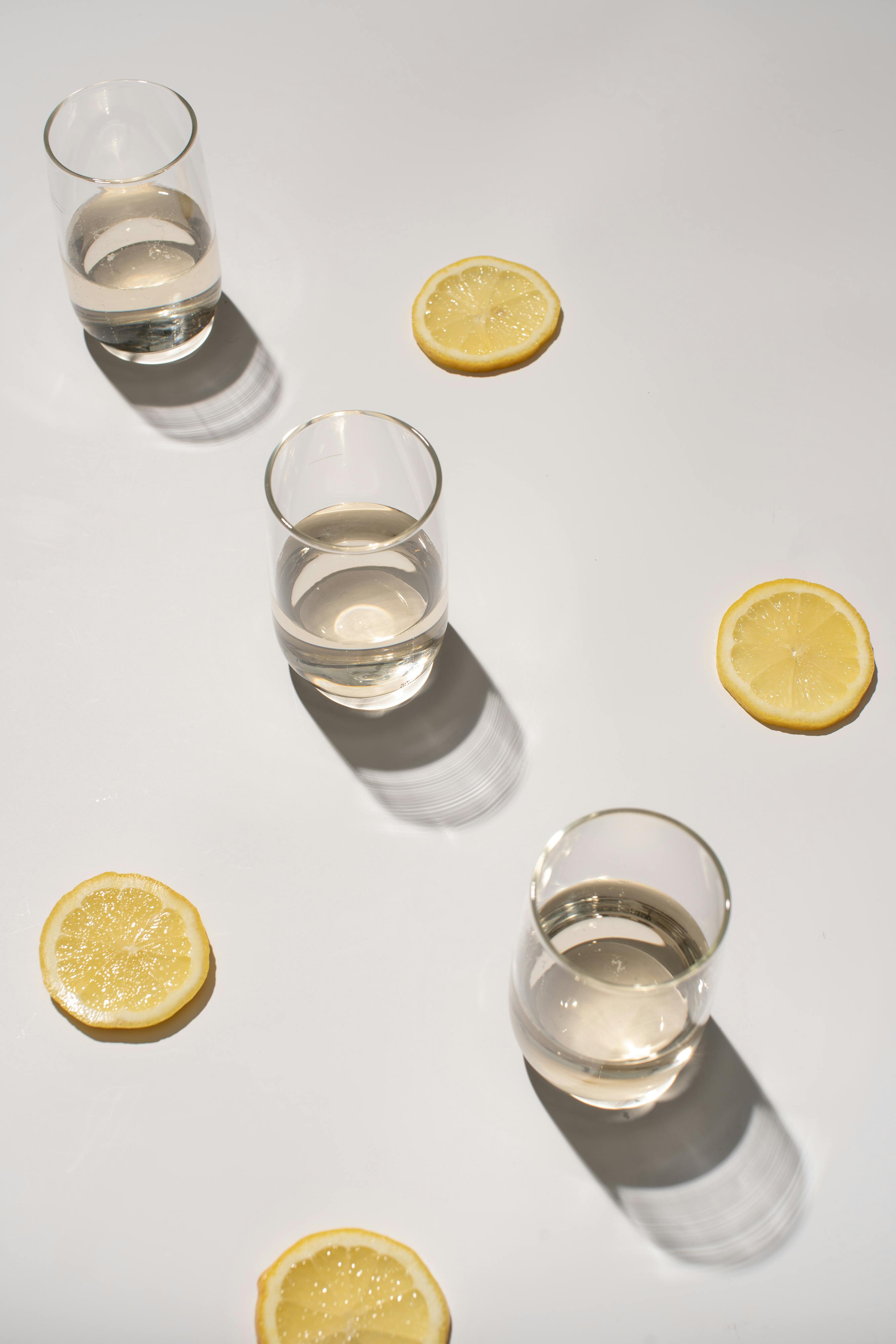Effective Ways to Optimize Your Low Histamine Diet Plan in 2025

Effective Ways to Optimize Your Low Histamine Diet Plan in 2025
The low histamine diet is becoming increasingly popular among those with histamine intolerance or sensitivity. This dietary approach focuses on avoiding high-histamine foods to alleviate symptoms such as headaches, digestive issues, and skin rashes. Implementing a low histamine diet can significantly enhance quality of life for many individuals who suffer from the symptoms associated with histamine intolerance. In this article, we will explore effective strategies for optimizing your low histamine diet in 2025.
Understanding histamine and its role in the body is crucial for managing histamine intolerance effectively. Foods low in histamine can be delicious and satisfying when prepared correctly. Throughout this article, we will cover the benefits of a low histamine diet, offer practical cooking tips, share recipes, and provide a comprehensive grocery list to ensure that you are well-equipped to manage your symptoms.
As we delve deeper into this subject, you will gain insights into low histamine meal prep, effective dietary strategies, and the overall importance of maintaining a histamine-friendly lifestyle. By the end of this guide, you'll be well on your way to mastering the art of living and eating well on a low histamine diet.
Understanding Histamine Intolerance and Its Symptoms
To successfully manage a low histamine diet, it is essential to understand what histamine intolerance entails. Histamine is a compound involved in local immune responses, regulation of stomach acid, and communication between the nervous system and the brain. However, when the body produces too much histamine or fails to break it down properly, histamine levels can skyrocket, leading to various symptoms.
Common symptoms of histamine intolerance include migraines, fatigue, digestive disturbances, skin reactions, and nasal congestion. Identifying and understanding these symptoms is the first step in allowing individuals to effectively implement a low histamine diet. This awareness can help you distinguish between food reactions and other potential allergens or intolerances, leading to more targeted dietary strategies.
Many factors contribute to histamine intolerance, including gut health, medication interactions, and stress levels. Poor gut health, for example, has been linked to increased histamine production. Thus, incorporating probiotics and prebiotic foods into your diet can play a key role in managing histamine levels effectively.
Essential Low Histamine Foods and Their Benefits
Choosing foods low in histamine and understanding their benefits is pivotal when optimizing your diet. Incorporating fresh, unprocessed ingredients provides essential nutrients while minimizing histamine intake. Focus on foods like fresh vegetables, fruits, grains, and lean proteins to create a well-balanced meal plan.
Some of the top low histamine vegetables include leafy greens, carrots, and zucchini. These provide a wealth of vitamins and minerals while being gentle on the digestive system. In terms of fruits, consider options like apples, pears, and blueberries, which are not only low in histamine but also packed with antioxidants to combat inflammation.
When it comes to grains, options like rice, quinoa, and oats are excellent choices for a low histamine meal plan. Additionally, incorporating low histamine protein sources such as chicken, fish, and eggs helps you meet your dietary needs without triggering histamine-related symptoms.
By focusing on sourcing your ingredients fresh, avoiding processed foods with preservatives, and understanding the importance of seasonal produce, you will be on your way to establishing a nutrient-dense, low histamine diet.
Crafting Your Low Histamine Meal Plan
Creating a meal plan that adheres to low histamine principles requires planning and creativity. Start your day with low histamine breakfast ideas that include items such as oatmeal topped with fresh fruits or scrambled eggs with spinach. Planning your meals ahead will not only save time but also reduce the chances of gravitating towards high histamine options in moments of hunger.
For lunch, consider fun and easy low histamine meal ideas such as grilled chicken salad with a lemon dressing, or quinoa mixed with fresh vegetables. Dinner can be something more fulfilling like roasted fish with steamed vegetables or a delicious low histamine soup. This variety will keep your meal plan exciting and nutritious.
Don't forget to include low histamine snacks throughout the day, such as carrot sticks with hummus or yogurt alternatives made from coconut milk. Keeping your meals balanced and nutrient-rich while keeping histamine levels in check is crucial for successfully implementing your low histamine diet.
Cooking Tips for Low Histamine Success
There are specific methods and cooking tips that can help maintain low histamine levels in your meals. Freshness matters tremendously; aim to consume food shortly after preparing it as histamine levels can increase in foods over time, especially those that are cooked and stored. Additionally, adopting cooking techniques that involve steaming, boiling, or sautéing can preserve the integrity of low histamine ingredients while enhancing flavors.
Explore low histamine sauces and condiments such as homemade pesto or herb-infused oils instead of store-bought versions that often contain preservatives or high-histamine ingredients. Don’t shy away from adding herbs and spices that are low in histamine, such as basil, oregano, and thyme, to give your meals extra flavor without triggering symptoms.
As much as you make an effort to cook with low histamine protocols, it's also essential to educate others about your dietary needs, especially if you share meals with family or friends. When dining out, check for low histamine meal delivery options or restaurants that cater to histamine-sensitive diners.
Benefits of Following a Low Histamine Diet
Adhering to a low histamine diet can yield multiple health benefits beyond merely managing histamine intolerance symptoms. Many individuals may experience improvements in gut health, reduction in inflammation, and increased energy levels. Furthermore, embracing this dietary change often encourages healthier eating habits overall, such as increased consumption of fruits and vegetables and reduced reliance on processed foods.
Focusing on histamine-free nutrition can lead to improved mental clarity and concentration, particularly for those who relate their symptoms to brain fog often associated with histamine intolerance. Moreover, the anti-inflammatory properties of a low histamine diet may help alleviate headaches and other inflammatory-related conditions like migraines.
As you transition to a low histamine lifestyle, you’ll also gain insights into the connection between diet and overall well-being while developing a more profound relationship with food choices and their impacts on your body.

Managing Histamine Levels: Supplements and Probiotics
In addition to proper dietary adjustments, incorporating low histamine supplements can vastly assist in managing symptoms. Probiotic-rich foods can be beneficial when chosen wisely, as they aid in gut health and potentially reduce histamine levels. However, be sure to choose probiotic strains that are less histamine-producing, as some can exacerbate symptoms.
Many individuals undergoing a low histamine journey also report benefits from specific vitamins and nutrients. For instance, vitamin C can help stabilize mast cells, which contribute to histamine release in the body. Supplements such as quercetin, omega-3 fatty acids, and vitamin B6 may also help manage histamine levels effectively while providing additional health benefits.
It’s essential to work closely with a healthcare professional when considering supplementation, as individual needs may vary. Tracking your symptoms and how they correlate with dietary changes will allow you to adapt your low histamine diet accordingly.
Q&A: Common Questions About Low Histamine Diets
As you navigate your low histamine diet journey, you may have several questions. Here are some common inquiries:
What are the best sources of low histamine proteins?
Low histamine protein sources include fresh chicken, turkey, and fresh-caught fish. Avoid cured meats and processed products, which typically contain high histamine levels.
Can I have fermented foods on a low histamine diet?
While some fermented foods can exacerbate histamine intolerance due to their production of histamine during fermentation, others, such as certain kefirs and sauerkraut made with low histamine vegetables, may be suitable in moderation.
How can I effectively track my histamine intolerance symptoms?
Keeping a symptom diary that logs food intake and any reactions can help identify triggers, aiding you to refine your low histamine meal plan and maintain a healthy diet.

What are some low histamine drinks I can enjoy?
Low histamine drinks include herbal teas that do not trigger sensitivities, coconut water, and fresh juices made from low histamine fruits. Always check beverage labels for preservatives.
How long does it take to see improvements on a low histamine diet?
Many individuals begin to see improvements within a few weeks of following a low histamine diet, but results can depend greatly on individual responses and adherence to dietary guidelines.
Conclusion
Adopting a low histamine diet can be transformative for those suffering from histamine intolerance. By understanding the foods that contribute to histamine sensitivity and implementing practical strategies, you can cultivate a well-balanced meal plan that enhances your overall health and wellbeing. With continued research, education, and adaptation, you can enjoy a life that is rich in flavor and health, all while managing your histamine levels effectively.